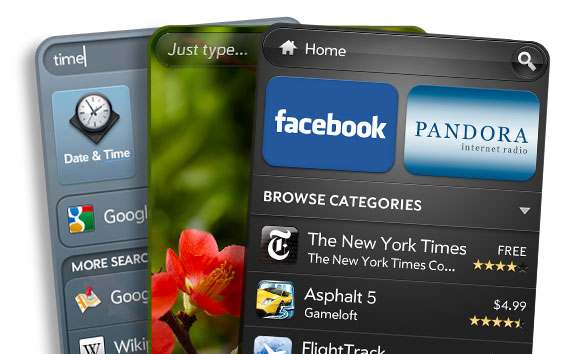
Here’s an interesting rumor. DigiTimes reports that Samsung may purchase webOS from HP, which recently announced that it no longer plans to make webOS devices and wishes to sell its entire PC division. While it doesn’t appear likely that Samsung wants HP’s entire PC business, as it could actually hurt Samsung’s profit margins on products like DRAM and touch panels, webOS is a lot more appealing. The Korean electronics maker may have already hired HP’s vice president of PC marketing to handle it’s PC sales.
Neither HP nor Samsung is commenting on the situation, but Samsung may be wise to snatch it up. The company seems a bit wary (speculation) since Google announced plans to buy Motorola. Last week, it publicly announced a new version of its Bada operating system, which is used in some mid-range Samsung handsets, mostly overseas. Samsung shipped 3.5 million phones running Bada in early 2011.
We think this is a great move for Samsung, if true. While Bada isn’t bad, it’s certainly not on the cutting edge of smartphone platforms. WebOS is a great platform and could do well if Samsung really put some weight behind it and released webOS phones that are better than comparable Android and iOS devices. In addition, webOS already has a library of apps and a unique look and feel to it. Before HP decided to dump it, the company had plans to put webOS on PCs, in cars, and in appliances.
On the downside, this will be the third company that has tried to market webOS. Samsung might also be wise to avoid the OS as it has struggled in the market under Palm and HP branding, though the TouchPad has been on fire lately at its $99 price. To effectively push webOS, Samsung would also have to scale back its Android lineup, which has brought it a lot of success in the last couple years.
Still, we’d welcome a good fifth operating system. The more the merrier. Competition keeps everybody on their toes.

